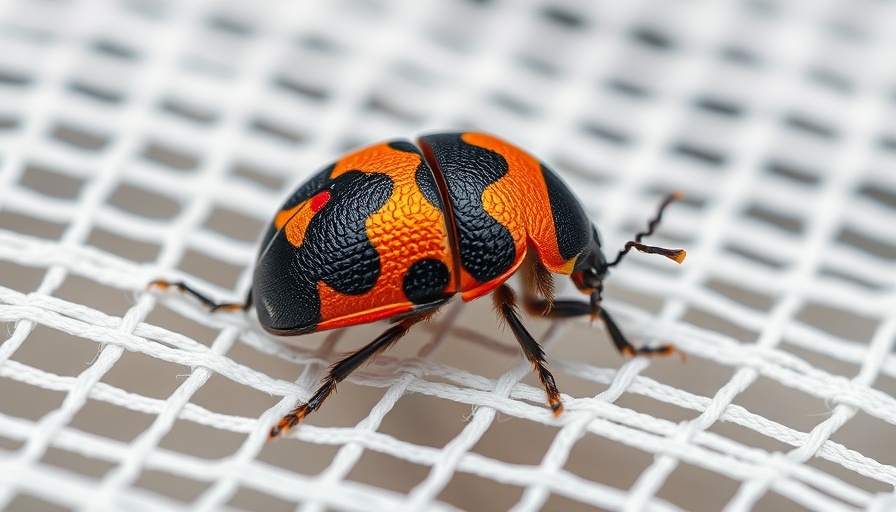
Cleaning Smarter: Tips to Prevent Pain and Discomfort
Cleaning your home shouldn’t leave you sore and uncomfortable. Those who tackle household chores—especially seniors and individuals with chronic pain—often bear the brunt of physical discomfort brought on by necessary tasks. However, there’s good news: with a few adjustments, you can clean smarter, not harder.
Understanding the Pain: Is It Normal?
Experiencing body aches after cleaning, such as sore muscles or stiff joints, is quite common. According to Statistics Canada, about one in five Canadians aged 15 and older suffers from chronic pain. While some discomfort is to be expected after hours of cleaning, it’s important to recognize the difference between typical muscle fatigue and persistent pain that needs attention. Most muscle soreness fades within a day or two, but if your pain lingers or worsens, it might be time to reevaluate your methods.
Common Causes of Cleaning-Related Pain
A few common factors contribute to discomfort during and after cleaning:
- Poor Cleaning Posture: Many people naturally adopt bad postures when cleaning—hunching over, twisting their backs, or bending from the waist instead of using their knees. These misalignments can put significant strain on the spine and lead to pain.
- Repetitive Motions: Cleaning tasks often involve repeated movements, like scrubbing surfaces or vacuuming, which can lead to overuse injuries. The key is to mix up your movements and take breaks to allow your body to recover.
- Inappropriate Tools: Using tools that are the wrong size or weight can also lead to discomfort. For example, mops or vacuum cleaners that are too heavy can cause unnecessary strain on your arms and back.
- Overexertion: Trying to finish all your cleaning in one go can lead to exhaustion and pain. It’s essential to pace yourself, breaking larger tasks into sections to avoid fatigue.
Tips for Pain-Free Cleaning
If you’re looking to avoid discomfort while maintaining a clean home, consider these practical strategies:
- Adopt Proper Posture: Focus on good posture while cleaning. Bend at your knees, keep your spine aligned, and engage your core muscles to support your back.
- Invest in Ergonomic Tools: Tools with ergonomic designs can make a significant difference. Look for lightweight vacuum cleaners and mops that fit comfortably in your hands, reducing the strain on your arms and wrists.
- Incorporate Regular Breaks: Schedule short breaks during your cleaning sessions. A quick 5-10 minute rest can help your body recover and prevent long-term injury.
- Use a Cleaning Caddy: Load a caddy with all your supplies to avoid constantly bending down and up for items.
- Try Different Techniques: Alternate your cleaning techniques to reduce repetitive strain. If you’re scrubbing, switch the position of your hands or change the motion.
Going Beyond Cleaning: Maintaining Your Health
When thinking about home maintenance and cleaning, don’t forget about your personal health. Pay attention to how you feel during and after cleaning sessions. Consider incorporating stretching or light exercise into your routine to reduce stiffness and improve flexibility. Also, staying hydrated and taking care of your nutrition can have a positive impact on your overall well-being.
Conclusion: Take Action for a Comfortable Clean
Cleaning should not be a source of pain. By adopting smarter cleaning habits and techniques, you can maintain a tidy home without sacrificing your comfort. If persistent pain continues, consulting a healthcare provider will help you understand underlying issues and find effective solutions.
For more tips on optimizing your home maintenance and repair efforts, explore our resources and stay empowered in your cleaning journey!
 Add Row
Add Row  Add
Add 



Write A Comment